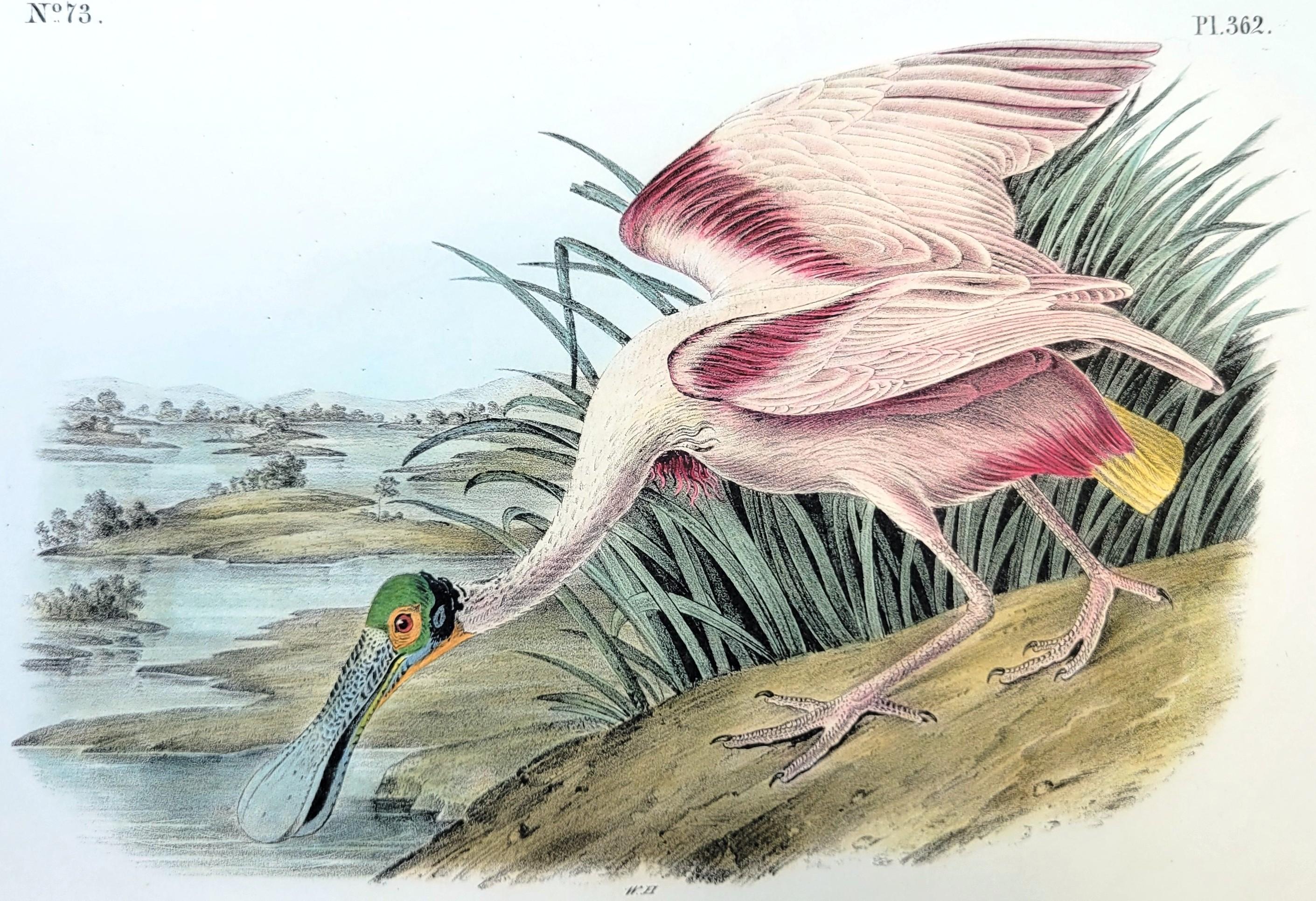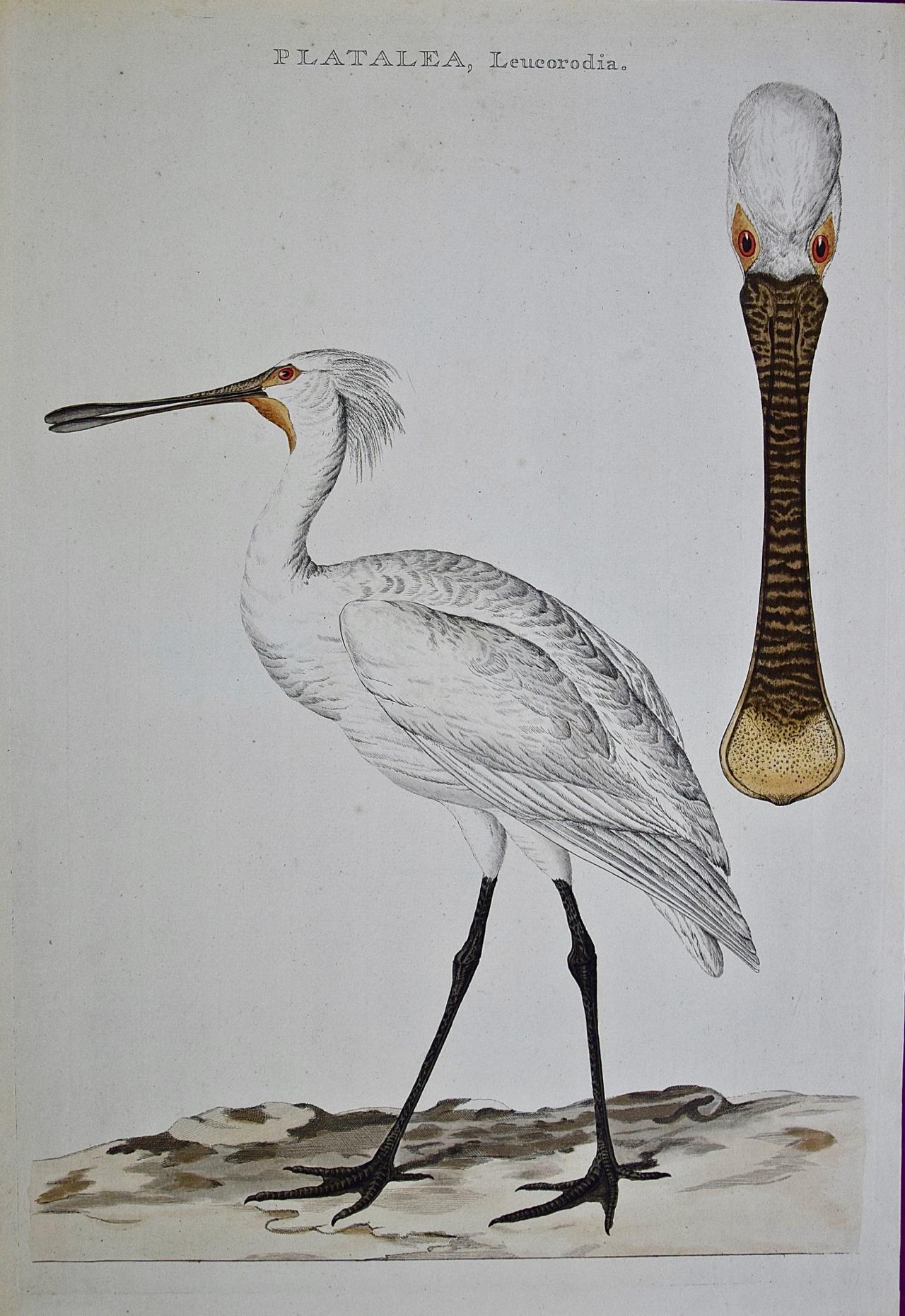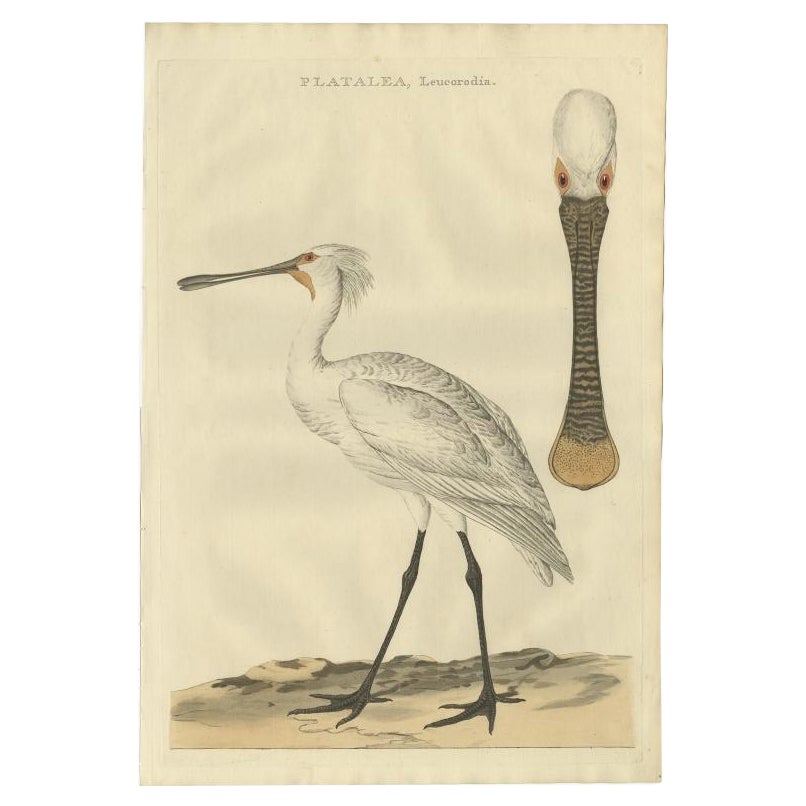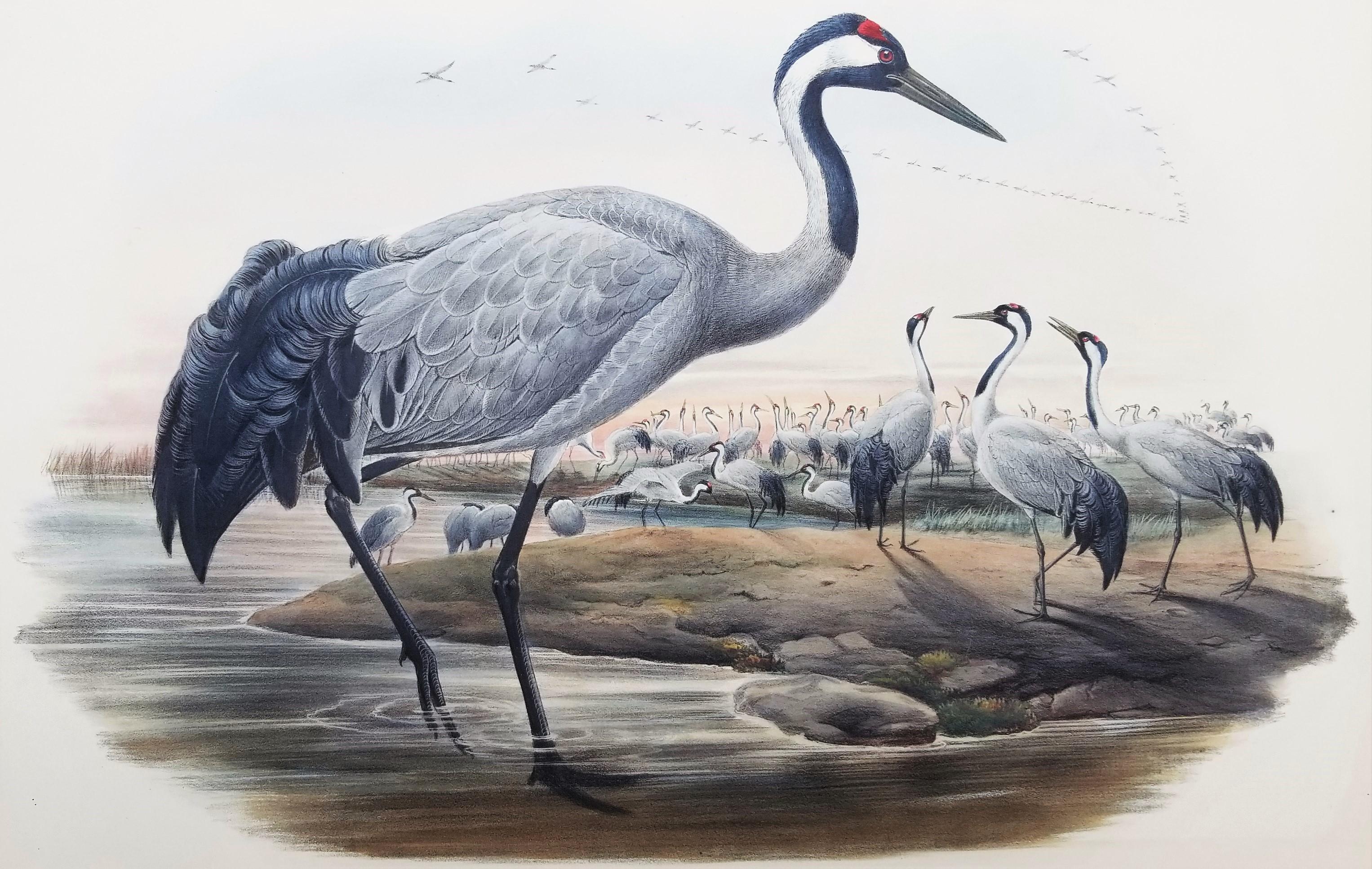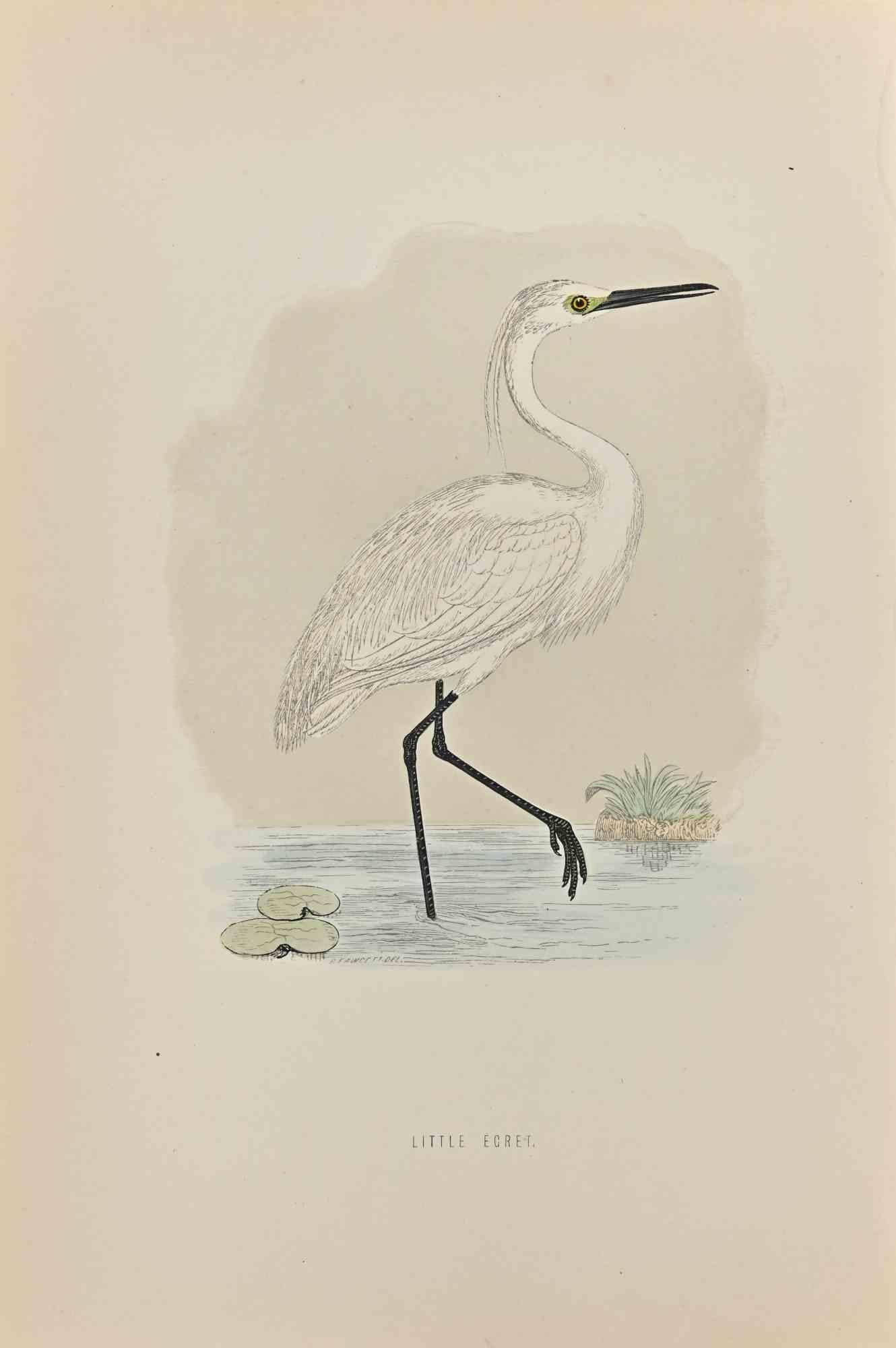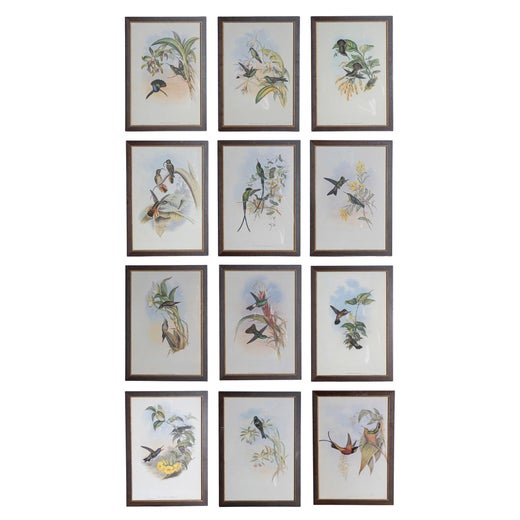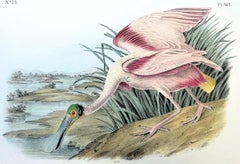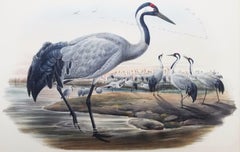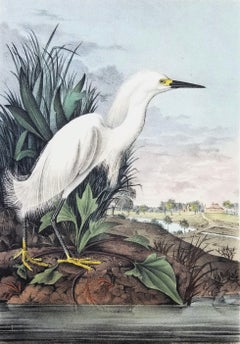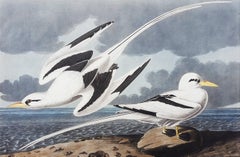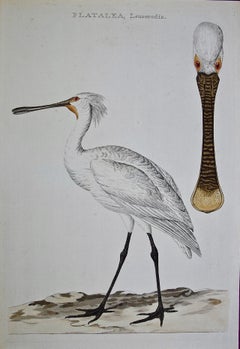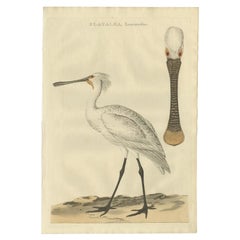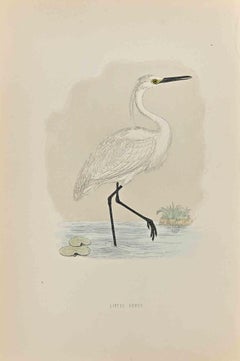John GouldPlatalea Leucorodia (Spoonbill) /// Ornithology John Gould Animal Art Shorebird1862-1873
1862-1873
About the Item
- Creator:John Gould (1804 - 1881, British)
- Creation Year:1862-1873
- Dimensions:Height: 23.5 in (59.69 cm)Width: 30 in (76.2 cm)
- Medium:
- Movement & Style:
- Period:
- Condition:(Very Good).
- Gallery Location:Saint Augustine, FL
- Reference Number:1stDibs: LU12125529762
John Gould
John Gould was an English ornithologist and bird artist. He published several monographs on birds, illustrated by plates that he produced with the assistance of his wife, Elizabeth Gould, and several other artists including Edward Lear, Henry Constantine Richter, Joseph Wolf and William Matthew Hart. Gould has been considered the father of bird study in Australia, and the Gould League in Australia is named after him. His identification of the birds now nicknamed Darwin's finches played a role in the inception of Darwin's theory of evolution by natural selection. Gould's work is referenced in Charles Darwin's book, On the Origin of Species.
- ShippingRetrieving quote...Shipping from: Saint Augustine, FL
- Return Policy
More From This Seller
View All1840s Victorian Animal Prints
Watercolor, Lithograph
1860s Victorian Animal Prints
Watercolor, Lithograph
1840s Victorian Animal Prints
Watercolor, Lithograph
Early 1800s Victorian Animal Prints
Watercolor, Engraving, Aquatint, Intaglio
1860s Victorian Animal Prints
Watercolor, Lithograph
1860s Victorian Animal Prints
Watercolor, Lithograph
You May Also Like
1780s Naturalistic Animal Prints
Engraving
Antique 18th Century Dutch Prints
Paper
1870s Modern Figurative Prints
Woodcut
Mid-19th Century Naturalistic Animal Prints
Lithograph
Antique 1860s German Prints
Paper
Late 19th Century Naturalistic Animal Prints
Lithograph
